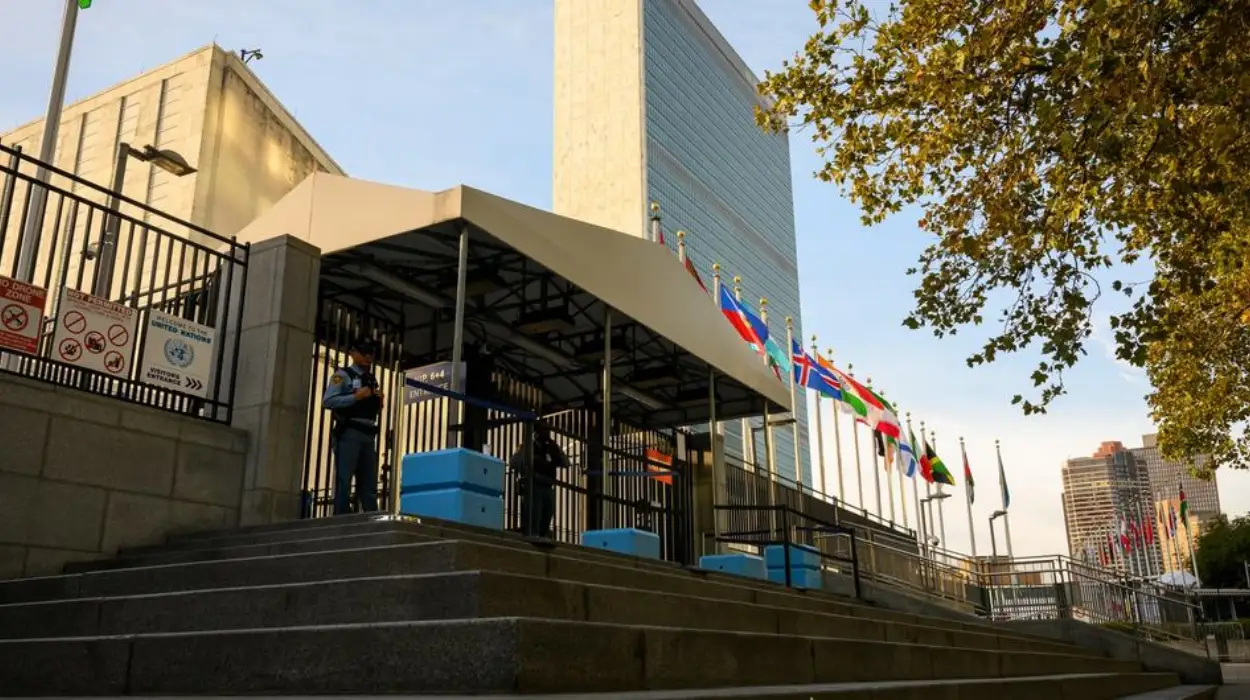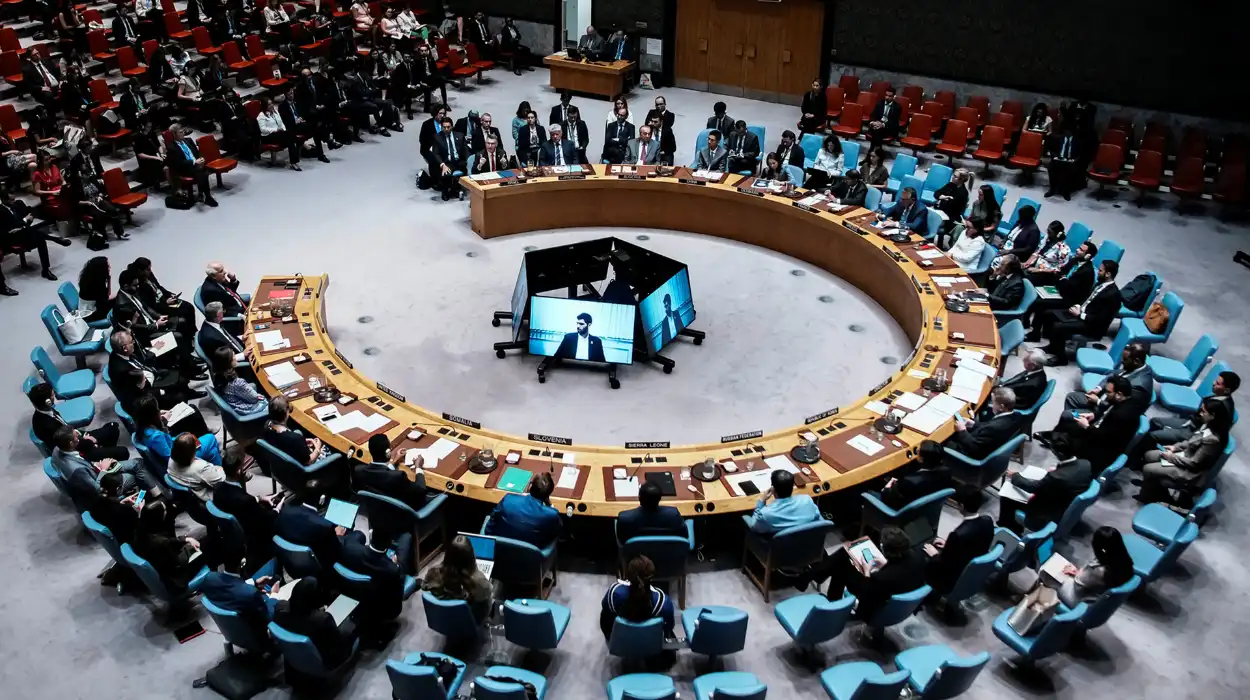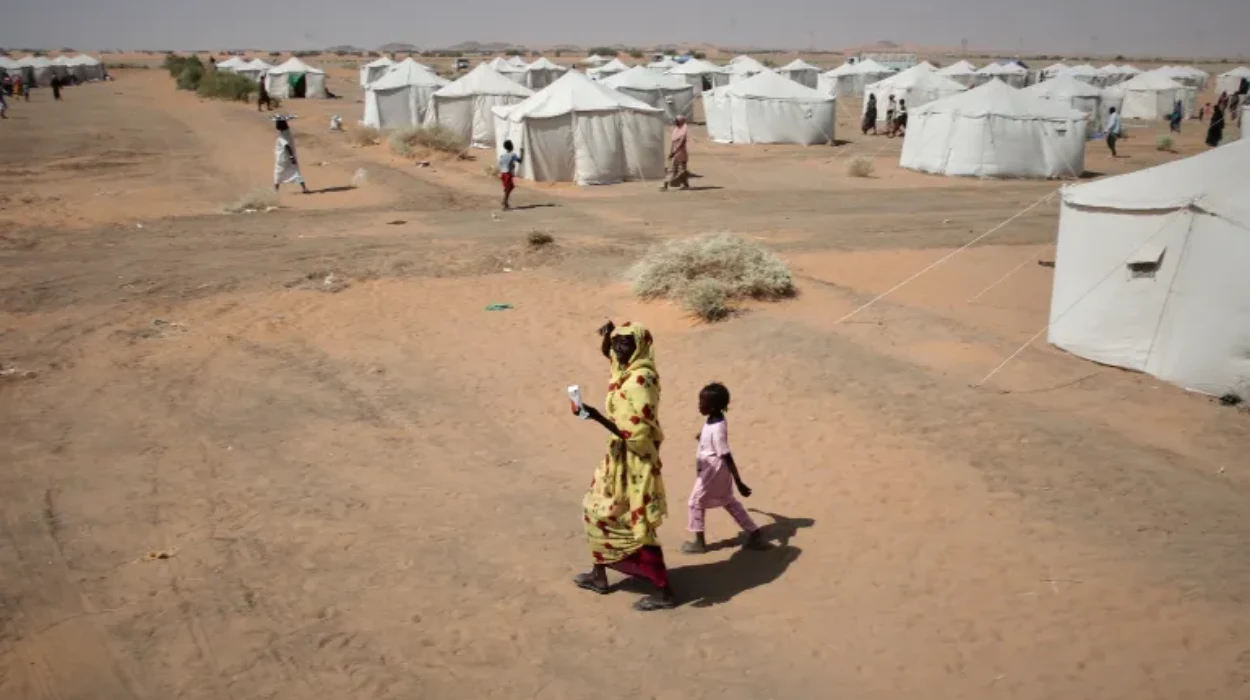The Gaza Strip is in the eye of one of the world’s most severe humanitarian disasters. As the conflict hits its nineteenth month, the fight for survival has escalated to the absurd: food distribution points have literally turned into war zones. The human toll of Gaza’s food aid crisis is measured in rising malnutrition and famine, but it also is measured in death and injury as civilians are killed or injured simply for looking for food aid. This article considers the data, the lived experience, the words of relevant parties involved, and finally the implications of this ongoing humanitarian crisis.
The Scale of the Food Crisis in Gaza
Famine Risk and Acute Food Insecurity
The Gaza Strip is facing a critical risk of famine, with the situation deteriorating rapidly since the blockade of all humanitarian aid and commercial supplies over 60 days ago. Goods essential for survival are depleted or expected to run out imminently. The entire population—2.23 million people—is experiencing acute food insecurity, with half a million (one in five) facing starvation.
Between May and September 2025, the whole territory is classified as IPC Phase 4 (Emergency), with the entire population expected to face Crisis or worse acute food insecurity (IPC Phase 3 or above). This includes:
- 470,000 people (22%) in Catastrophe (IPC Phase 5)
- Over 1 million (54%) in Emergency (IPC Phase 4)
- The remaining half million (24%) in Crisis (IPC Phase 3)
Compared to previous analyses, this marks a dramatic deterioration. In April–May 2025, 93% of Gaza’s population was already in Crisis or worse, including 244,000 in Catastrophe and 925,000 in Emergency.
Malnutrition and Health Collapse
Acute malnutrition has reached critical levels, especially in North Gaza, and Rafah governorates. By mid-2025, all preventive nutrition supplies had run out, food prices soared—wheat flour rose 3,000% since February 2025—and all 25 WFP-supported bakeries closed due to lack of supplies1. Acute malnutrition is now ten times higher than before the escalation, and the upward trend in non-trauma mortality is expected to accelerate.
This week, under enormous challenges, WFP teams reached northern #Gaza with wheat flour for the first time since the blockade began.
One delivery is not enough, explains @Corinne_WFP. ??
Gaza needs food every day. pic.twitter.com/dC0aA5yYeR
— World Food Programme (@WFP) June 12, 2025Infrastructure and Livelihood Destruction
The violence has displaced almost 2 million people, destroyed 70 percent of crop fields, decimated livelihoods, and crippled food systems. Humanitarian operations are severely restricted, and health, water, and sanitation systems have collapsed. The famine threshold for household acute food insecurity has already been far exceeded, and all famine thresholds are likely to be exceeded imminently.
Deadly Violence at Food Distribution Sites
Recent Fatalities and Incidents
The search for food has become a deadly endeavor. In early June 2025, at least 27 Palestinians were killed and dozens wounded by Israeli fire near a food distribution site in southern Gaza—the third such deadly incident in as many days. On June 1, 32 people were killed, and on June 2, three more lost their lives in similar circumstances. In a previous incident in Gaza City, at least 112 Palestinians were killed and 760 injured during a food aid distribution, reportedly due to Israeli forces’ shooting, trampling, and crushing by vehicles.
The International Committee of the Red Cross (ICRC) reported that on June 9, 29 casualties arrived at its Rafah field hospital, eight of whom died—almost all with explosive trauma wounds, and two with gunshot wounds.
Chaos and Breakdown of Order
The disarray at distribution points is a product of the collapse of public order, the desperation of the population, and the absence of a safe and coordinated delivery of aid. The UN stated unequivocally that civilians should never be made to choose between risking their lives and feeding their families. Since the end of May, an increasing quantity of aid has circumvented UN agencies, utilizing systems that fall primarily under Israel and the US influences. These systems have resulted in tragic fatalities and have failed to provide the requisite protection and coordination to protect civilians.
Humanitarian Operations Under Fire
Aid Distribution Challenges
Traditional humanitarian actors, including the UN and established NGOs, have faced severe restrictions. The destruction of infrastructure, ongoing hostilities, and the blockade have rendered food distribution in northern Gaza virtually impossible. All preventive nutrition supplies are exhausted, bakeries and meal kitchens have closed, and food stocks are depleted.
Since May, a US-backed Gaza Humanitarian Foundation, endorsed by Israel, has distributed aid by bypassing established channels. While the Foundation claimed a recent operation delivered 21 truckloads of food “safely and without incident,” deadly violence continues to occur around aid sites. The new mechanism has been criticized by the UN and charities for not adhering to humanitarian principles and for failing to protect civilians.
Fuel and Critical Supplies
Fuel shortages have further strained critical services and humanitarian operations. Over one weekend in June, 260,000 litres of fuel were looted in northern Gaza. The UN had made 14 unsuccessful attempts to retrieve these stocks, all denied by Israeli authorities. The lack of fuel affects everything from hospital operations to food distribution.
The Human Cost: Starvation, Displacement, and Death
Starvation and Malnutrition
At least 9 children reportedly died of starvation and malnutrition by early 2024 in northern Gaza. Unfortunately, many children have likely died in the last several months, as emergency access to food and medical care has been heavily constrained. Acute food insecurity is everywhere, and approximately 70% of the highly affected population in the most affected areas (North Gaza and Gaza Governorates) is in catastrophic (IPC Phase 5) food security and nutrition.
Displacement and Vulnerability
Since March 2025, over 430,000 people have been displaced due to the escalation of violence, further compounding limited access to humanitarian assistance, markets, health, water, and sanitation access. Many of these people have been displaced multiple times and have concentrated into ever smaller and less equipped areas.
Civilian Casualties
The violence occurring at food distribution sites in Gaza is a clear representation of the human toll of this crisis. Civilians, including women and children are being killed and injured while accessing food, basic necessities. The UN Office of the High Commissioner for Human Rights (OHCHR) has condemned attacks on civilians and called them “unconscionable,” noting that willfully impeding access to food and humanitarian relief may be a war crime.
Stakeholder Statements and International Reactions
United Nations
- UN Human Rights Office (OHCHR): “Attacks directed against civilians constitute a grave breach of international law, and a war crime.” The OHCHR has called for prompt, impartial investigations into attacks on Palestinians trying to receive food aid, and reiterated that Israel, as the occupying power, has a duty to ensure the provision of food and medical care or at minimum, facilitate humanitarian relief activities.
- UN Deputy Spokesperson Farhan Haq: “No person, anywhere, should be forced to choose between risking one’s life and feeding one’s family.” The UN has repeatedly stressed the need for civilian protection and unimpeded humanitarian access.
Israeli Authorities
- The Israeli military has claimed its forces opened fire on individuals who had left designated access routes near the food distribution center in Rafah.
Humanitarian Organizations
- ICRC: Reported multiple casualties with explosive trauma wounds and gunshot injuries at their field hospitals, highlighting the dangers faced by civilians seeking aid.
- Gaza Humanitarian Foundation: Asserted that its aid operations were conducted safely, despite evidence of continued violence and chaos at distribution sites.
Similar Instances in 2025
The deadly pattern at food distribution sites is not isolated. Similar incidents have occurred repeatedly throughout 2025:
- In March and April, a series of mass casualty incidents were reported when desperate civilians crowded around aid convoys in northern and central Gaza, resulting in injuries and deaths from gunfire and crushes.
- In May, as the blockade rolled on, there were several looting and assaults on aid trucks, and two separate incidents occurred when more than 20 people were killed each time while waiting for food parcels.
- Over the course of the year, rampaging through the disappearance of law and order and lack of humanitarian travel were more dozens of small but deadly incidents at food distribution points, particularly in areas most significantly impacted by dislocation and disintegration.
The Broader Implications
Humanitarian Principles and International Law
The human cost of Gaza’s food aid crisis raises urgent questions about the protection of civilians in conflict zones and the responsibilities of occupying powers under international law. The willful obstruction of humanitarian relief and attacks on civilians seeking aid may constitute war crimes, as repeatedly emphasized by the UN.
The Need for Coordinated Humanitarian Access
The bypassing of established humanitarian actors in favor of ad hoc mechanisms has not delivered safety or efficiency. Instead, it has contributed to chaos, confusion, and increased risk for civilians. The UN and its partners have called for the restoration of coordinated, principled humanitarian access to prevent further tragedy.
The Risk of Famine
Without an immediate cessation of hostilities and sustained access for essential supplies, famine is not just a risk but an imminent reality for much of Gaza. The data shows that all famine thresholds have been exceeded, and the death toll from starvation and preventable disease is likely to rise sharply in the coming months.
The human cost of Gaza’s food aid crisis in 2025 is extraordinary. Civilians are forced to take great risks as they navigate between violence of war and desperation for food — individuals are overcoming their desperation to eat by risking their lives. The devastating incidents at food distribution sites are a reminder of the breakdown of humanitarian principles and a call to action for the international community. Without principled humanitarian access – that is immediate and coordinated – the crisis will continue to grow and the human cost will only increase.









